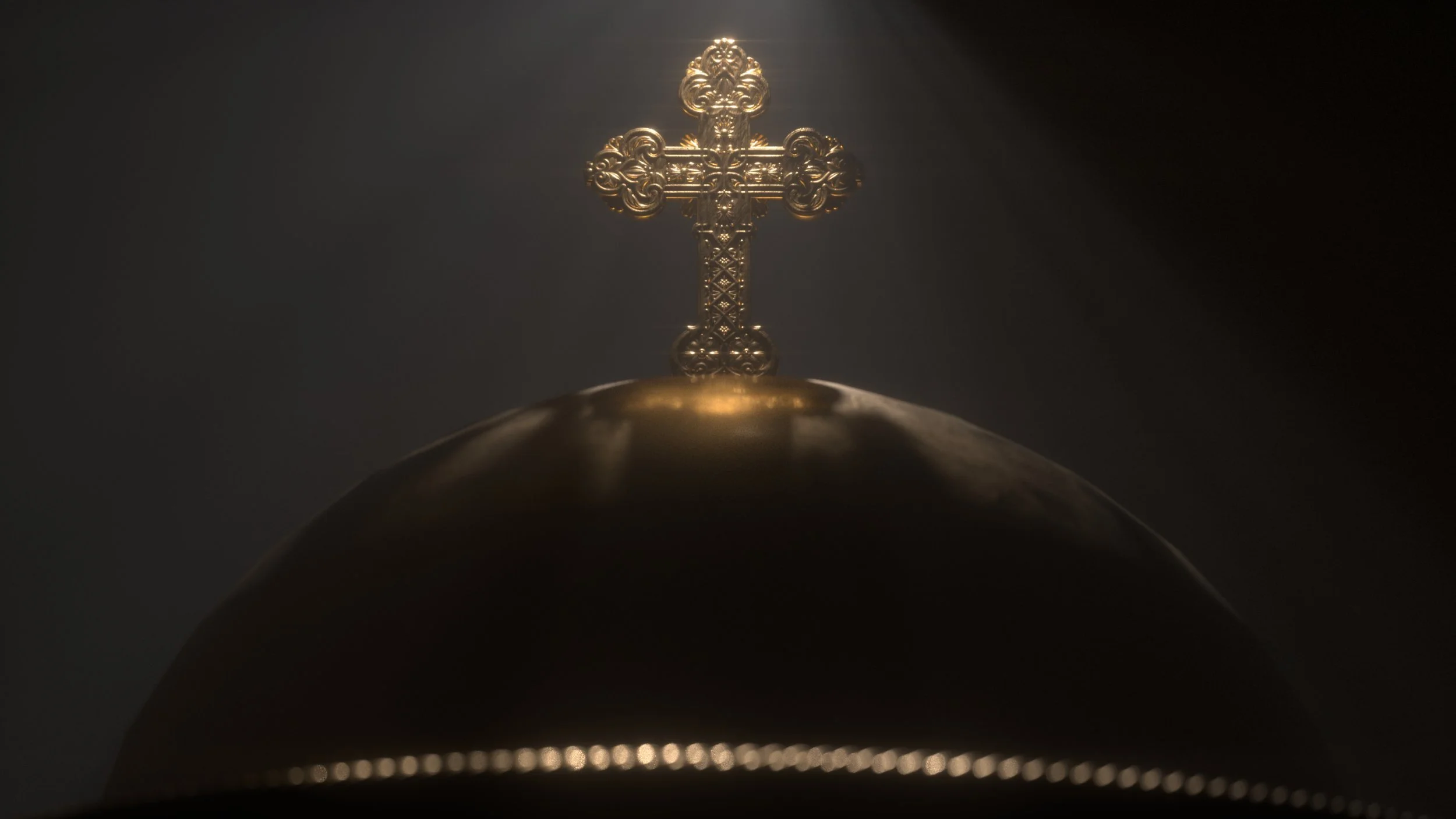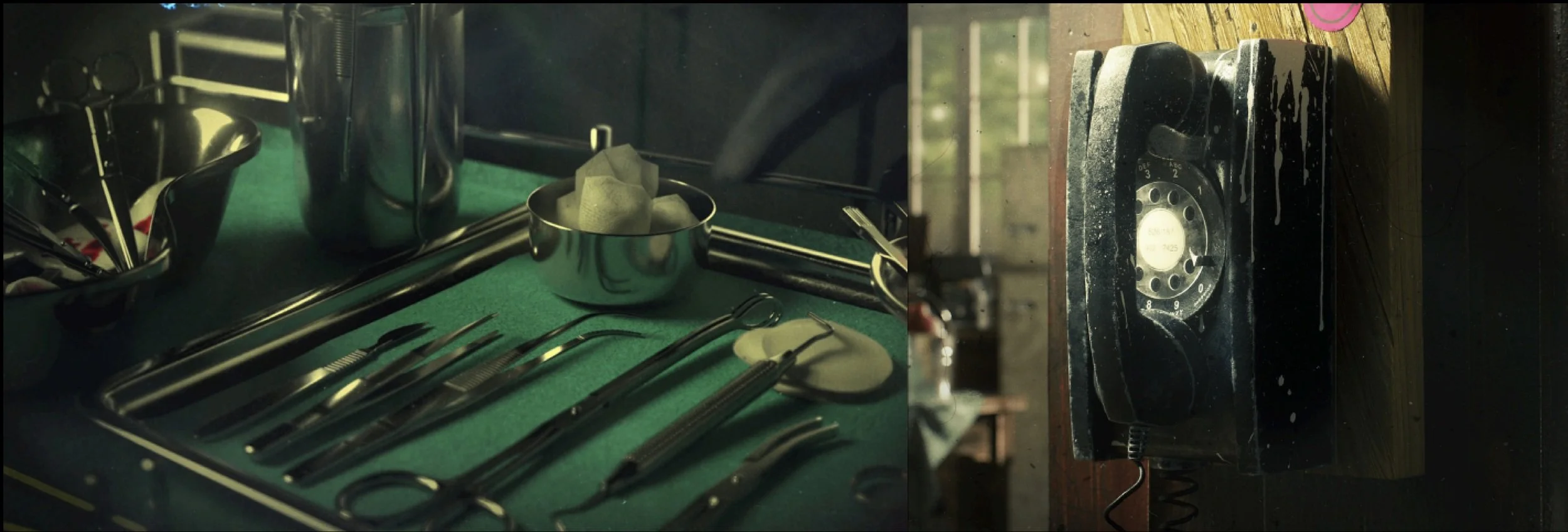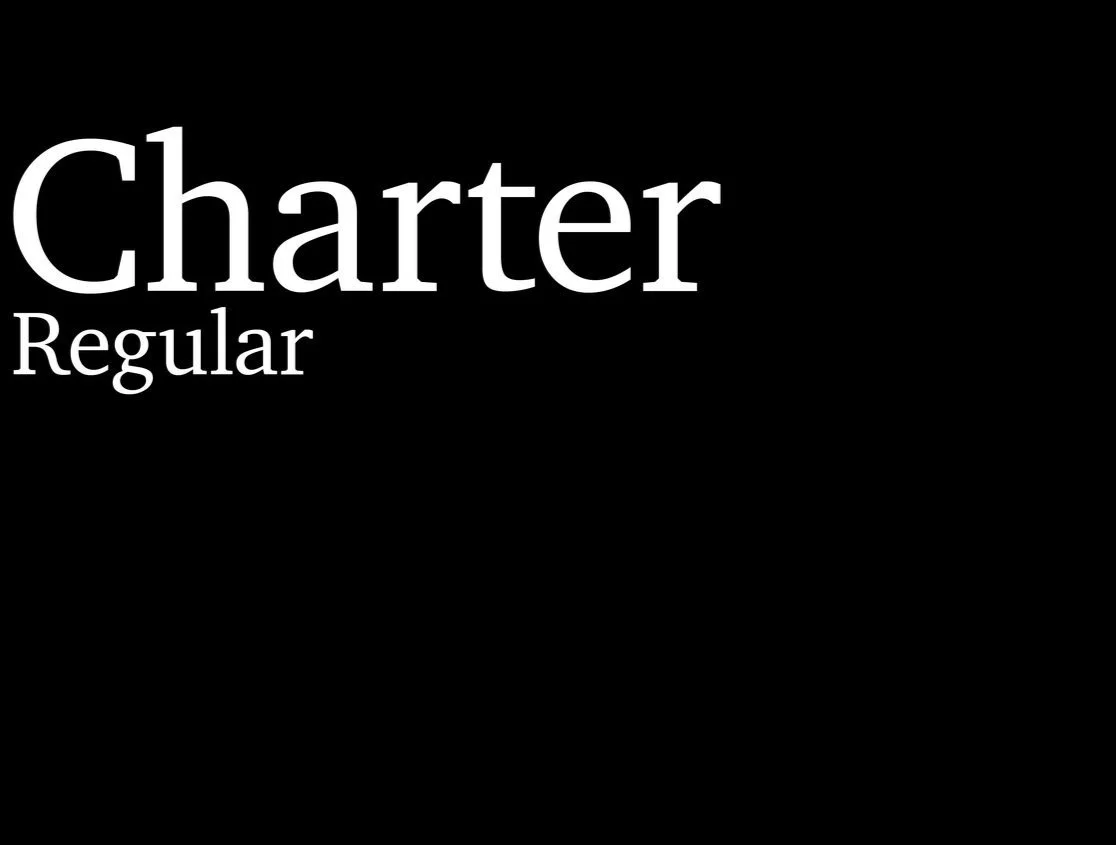Spotlight
Objective:
A revisioned title sequence for the movie, Spotlight.
Concept:
The main plot revolves around uncovering the corrupt truth behind the Catholic church. Once the team finds out that pedophilia within the priesthood is far more prevalent than they have been led to believe, they also discover that great efforts are made to cover this up.
The cloches are framing devices that symbolize the Catholic church and what is revealed represents the crimes and the horror of the actions of the priests. What is revealed underneath is a children’s corroded toy and cockroaches. The surprise elements symbolize the horror and ugliness of uncovering childhood trauma.
Highlights:
Throughout this project, I've developed the ability to use camera angles effectively to evoke emotions, particularly when dealing with sensitive topics. This process taught me how to strategically frame scenes to enhance the narrative, conveying the underlying feelings and complexities of the subject matter.
Deliverables:
My role:
Concept development, storyboard development, composing
Styleframes
Collaboration:
Justin Ye
Styleframes:






Mood:
This image, with its clinical surgical tools and dim, somber lighting, evokes a sense of hidden horrors and betrayal, symbolizing the concealed crimes within the Catholic church. The juxtaposition of these tools with an old telephone represents the meticulous
cover-ups and outdated communication systems that allowed the atrocities to remain hidden, perfectly aligning with the narrative's theme of uncovering childhood trauma and corruption.
Typography:
We selected Charter as our typeface for the sequence due to its serif nature, which brings a sense of tradition and seriousness, perfectly aligning with the heavy and controversial themes we are addressing. The boldness of Charter helps convey the gravity of the topic, ensuring the text stands out and resonates with the audience, adding a layer of visual weight that underscores the importance and intensity of the content.
Process:
In the process, we used Cinema 4D to lay out the composition. After finding the correct camera angles, we used Octane Render to test different materials for the models, lighting, volume metrics, and Gobos.










